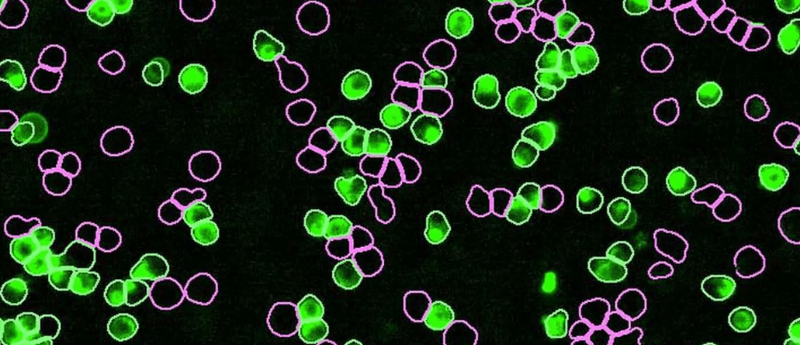Live-cell analysis of cell subsets and heterogeneity

Considerable heterogeneity exists in the properties and activity of individual cells, even in the simplest cell system. This arises from fundamental differences in the basic cell types present (e.g., tumor cells and fibroblasts), genetic or epigenetic variations, the stage of cell cycle or differentiation, and the impact of each cells’ unique and local dynamic microenvironment. Cellular plasticity and age-related changes add a further, long-term temporal complexity. Such heterogeneity is mirrored by the diversity of pharmacological response at the cellular level, where even seemingly identical cells may respond differently and at different times to drug treatments and perturbagens. Accordingly, analysis at the cell-by-cell level promises valuable and additional biological insight beyond which whole population measures may deliver.
In this White Paper, Sartorius considers this opportunity from a perspective of analyzing living cells over time, and describe new, enabling and industrial-scale, live-cell analysis solutions for quantifying the phenotypic biology of cell subsets in heterogeneous cultures.
In this White Paper, you will learn more about:
- The strength and weakness of the standard techniques for analyzing cellular subsets
- Segmentation validation and subset-labeling
- Subset and heterogeneity application
And much more!
This content was provided by Sartorius